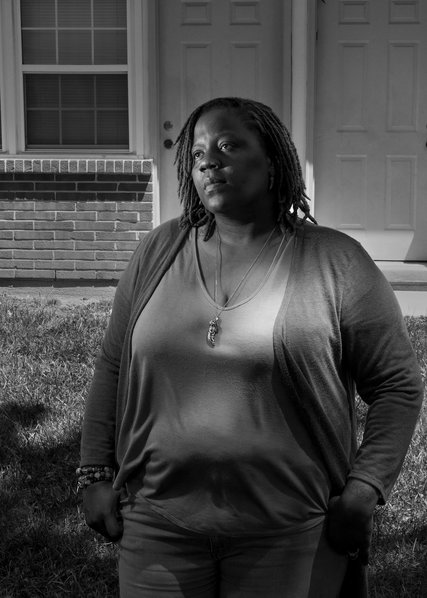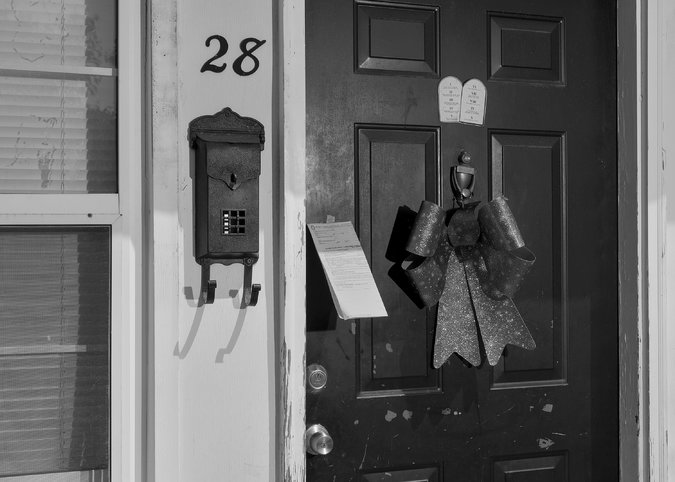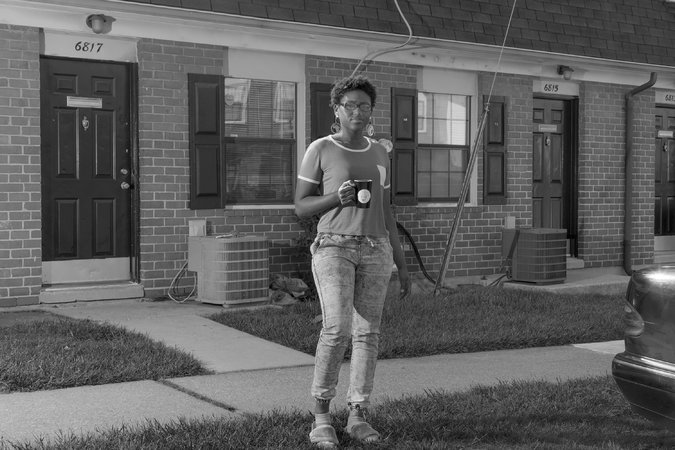In the meantime, here are some things consumers need to know when shopping for financial advice and investments.
Advertisement
Continue reading the main story
What does the rule cover, and what is effective now?
The basic obligations of the rule are in effect, which means brokers and advisers must meet a “professional standard of care,” and they must put customers first.
The rule covers most retirement accounts, including individual retirement accounts and workplace accounts like 401(k) and some 403(b) plans. Advisers making recommendations on those accounts, and on rollovers from workplace plans into I.R.A.s, are required to charge reasonable fees, and they are not permitted to make misleading statements about investment transactions, their compensation or any conflicts of interest.
But many accounts, including 403(b) accounts for government workers like teachers and church-related plans, are not covered and are still subject to ill-advised and high-cost investments. A plain brokerage account packed with mutual funds or a 529 plan, for instance, would not be covered either.
The old rules still apply there: Brokers are only required to recommend “suitable” investments, which means the product can make the adviser more money at the customer’s expense, even if there is an option that performs identically but is less expensive.
What immediate changes can I expect with my current accounts or when opening new ones?
Advisers may recommend new or different types of mutual funds or annuities that are better for investors. For instance, new classes of mutual fund shares — including “clean shares,” which charge management fees but not distribution fees — were created in response to the rule, according to the Consumer Federation of America. Some annuities have been cleaned up, the group said, offering lower fees and shorter surrender periods — the amount of time before the funds can be withdrawn without penalties.
Critics of the rule have said that putting customers first will be too expensive, and financial advisers may need to drop smaller accounts. If that happens, “take a moment to count your lucky stars,” said Barbara Roper, a consumer advocate with the federation who has been tracking the fiduciary issue for decades. “A firm that will only advise you if it can profit unfairly at your expense is not where you want to keep you money.”
Are the rules enforceable?
The fiduciary standard will not be legally enforceable on I.R.A.s until next year, when financial professionals with conflicts of interest will generally be required to sign a contract with customers. That contract could require the I.R.A. investor to settle any claims in arbitration, but it must give investors the right to bring a class-action claim in court.
But if an adviser recommends rolling money from, say, a workplace retirement plan into an I.R.A. and a consumer believes the adviser had a conflict of interest, the consumer could pursue legal action now. The Department of Labor has indicated, however, that it will bring enforcement actions only when it does not see a good-faith effort to comply with the new rule.
Advertisement
Continue reading the main story
What if I want to work with an adviser who will act as a fiduciary with all of my money?
You might ask the adviser to sign a fiduciary pledge, something we published several years ago after a certified financial planner circulated the oath in an email:
I, the undersigned, pledge to exercise my best efforts to always act in good faith and in the best interests of my client, _______, and will act as a fiduciary. I will provide written disclosure, in advance, of any conflicts of interest, which could reasonably compromise the impartiality of my advice. Moreover, in advance, I will disclose any and all fees I will receive as a result of this transaction and I will disclose any and all fees I pay to others for referring this client transaction to me. This pledge covers all financial services and advice offered.
X________________________
Date_____________________
Such a pledge is likely to bolster your case in court or arbitration, legal specialists said.
Since then, The Committee for the Fiduciary Standard, an advocacy group, suggested asking advisers to sign an oath of its own, which can be found on its website.
The adviser’s reaction to any pledge will be a good indicator of how he or she operates and whether he or she is the type of adviser who always acts as a fiduciary, with all of your money, no matter the type of account. Going through this exercise “will raise awareness,” said Tamar Frankel, a professor at Boston University School of Law who reviewed the pledge. And, she added, it could help change the culture.
Does this apply to my existing retirement investments?
The rule applies largely to new advice and investment recommendations. So it may be wise to have an adviser review your situation to see if it can be improved — or to see if you’re paying too much. For example, if an adviser recommends continuing to invest in an expensive mutual fund that you’ve been contributing to each month, the new standard would apply, explained Micah Hauptman of the Consumer Federation. That means the recommendation must be in your best interest, and the adviser could not make any misleading statements and or charge more than “reasonable compensation.”
But if an investor simply continues to buy that same mutual fund based on an old recommendation, the adviser would only need to ensure that the investor is being charged reasonable compensation in the future, he explained.
What else should I ask my adviser?
There are too many questions to list here, but some of the most pertinent involve compensation: How much are you being paid, and by whom? Do you plan to make any changes in our relationship in light of the new rules? For a thorough list of 21 questions to ask advisers, read Ron Lieber’s column on the topic.
Where can I find an adviser who has the fewest conflicts of interest?
All advisers generally have some sort of conflict of interest. But choosing advisers who do not make money based on the sale of a product and are instead compensated for their time, similar to how lawyers are paid, eliminates some of the more glaring problems. Other professionals charge flat fees or a percentage of the assets they manage.
You can find such advisers through the Garrett Planning Network, the National Association of Personal Financial Advisors, and XY Planning Network.
Some firms have decided to stop charging commissions on investments and to move customers to accounts where investors pay a fee for advice. Investors will need to evaluate whether the new cost structure makes sense for them.
Continue reading the main story
Article source: https://www.nytimes.com/2017/06/08/your-money/now-your-financial-advisers-will-have-to-put-you-first-sometimes.html?partner=rss&emc=rss















